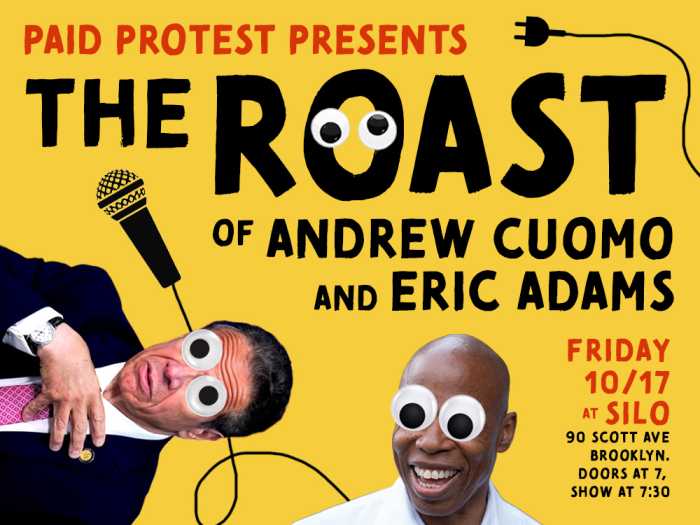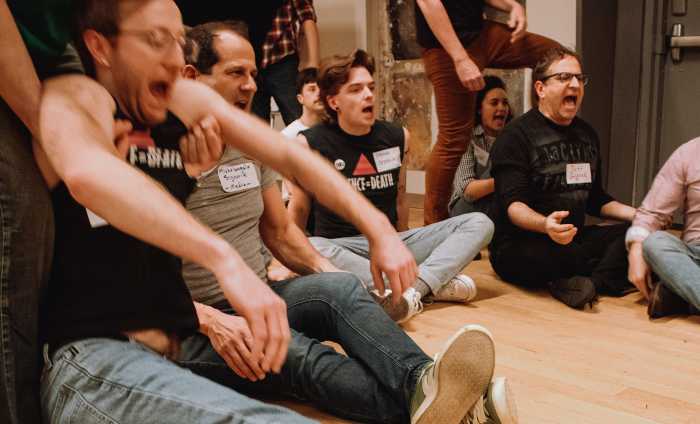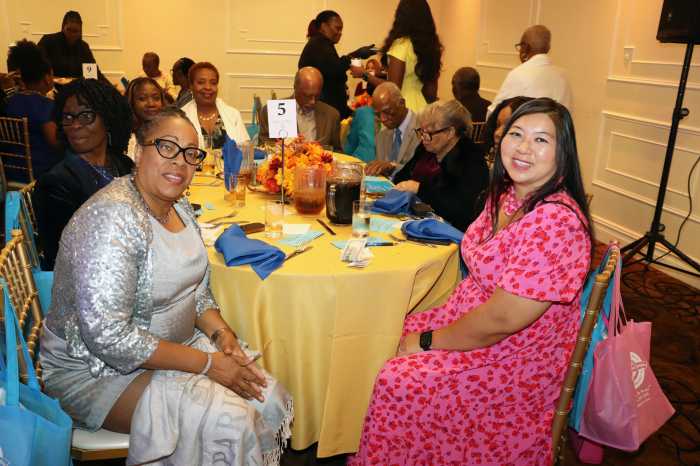Williamsburg community leaders are furious with police for aggressively searching tens of thousands of neighborhood residents in the name of public safety.
Cops in the neighborhood’s 90th Precinct stopped and frisked 17,566 people last year — using the controversial police practice more than all but four precincts citywide — even as crime rates in the community continue to decline.
“It’s not only illegal but totally immoral and contrary to what the city stands for,” said Luis Garden Acosta, head of the Williamsburg arts group El Puente. “Young people used to be put in detention, now they’re getting put in cuffs.”
The 10-year-old NYPD tactic allows cops to stop anyone they believe looks suspicious, may be armed, or exhibits unusual behavior, question them, and search them.
The 90th Precinct, which is roughly bounded by Kent Avenue, Flushing Avenue and Metropolitan Avenue, apparently embraced the policy, halting and searching about two people per hour on average.
Cops in Williamsburg trailed the 75th Precinct in East New York which had 31,100 stops, and the 73rd Precinct in Brownsville, which have 25,167 stops, according to data analyzed by the New York Civil Liberties Union and leaked to the Daily News.
Those neighborhoods are beset with some highest crime rates in the city, but Williamsburg has recorded a steady decrease in felonies — including murders, assaults, rapes, robberies, burglaries, car thefts, among other major crimes — over the past decade, registering 2,014 criminal complaints in 2001 compared to 1,736 incidents last year.
North Brooklyn activists say the practice targets young men of color and alienates them from police officers.
“This practice is abusive and your rights will be violated because of some officer’s subjective profile,” said Community Board 1 member Esteban Duran. “I have complete respect for the duties of a police officer, but this is unfair from them. They shouldn’t be burdened to stop people when they should be doing real police work.”
Officers from the 90th Precinct declined to comment, but NYPD Commissioner Ray Kelly defended stop-and-frisk at a City Council hearing last week, saying the controversial tactic reduces crime.
“People are upset about being stopped, yet what is the answer?” said Kelly. “What have you said about how do we stop this violence? What have leaders of the communities of color said? What is their strategy to get guns off the street?”
Cops on the street support the tactic, but admit that carrying it out can be a challenge.
“It’s a one-on-one encounter and you hope every encounter with the public is a positive one,” said 94th Precinct Deputy Inspector Terence Hurson, whose Northside and Greenpoint officers did not use stop and frisk as much as his neighbor to the south. “In essence you’re accusing the person with conducting a crime.”
Studies have shown that police who use the tactic are overwhelmingly targeting young black and Latino men.
Last year, 51 percent of the 685,724 individuals stopped and frisked citywide were between 14 and 24 years old. About half of them were black, one third were Latino, and 88 percent of them were innocent of any crime, according to New York Civil Liberties Union stats.
Williamsburg activist Juan Ramos, who works with at-risk youth in central Brooklyn, claims teens he works with have been stopped and frisked for doing little more than walking to his meetings.
“We see how that dejects these young people and they feel like this is everyday life because they’re young men of color,” said Ramos. “They accept that’s what the police do, without knowing they have some rights.”
Reach reporter Aaron Short at ashort@cnglocal.com or by calling (718) 260-2547.
























